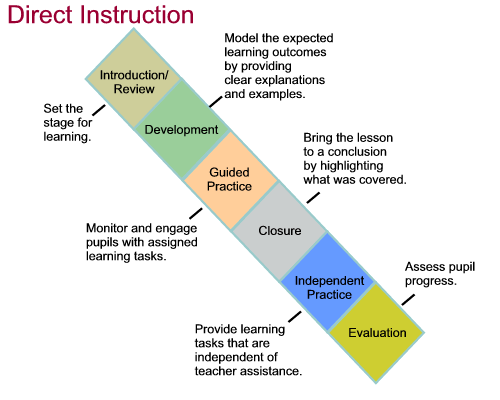ImmersaDesk- A virtual reality learning strategy that provides external and internal models for student learning. The experiment was done in a school district in Oak Park, Illinois with 250 students grades 2nd through 12th. The long term goal of the study was the test in the ImmersaDesk, which is an advanced visualization technology helped improve science learning.
- How does VR interact with the cognitive processes involved in learning, and how can we exploit this knowledge for the development of effective education interventions?
- How should VR be incorporated in the classroom, into current teaching practices, and into the life of the school?
VR uses multiple means of representation that allows the learner to construct mental models to understand concepts.
- Augmentation, explanation, prediction = through visualizations
- Learner coordinates multiple mental models for more advanced learning and understandings.
Coordination of multiple models
- allows for representation of; time, transformation, scale, part-whole, form function, abstraction and interpretation.
"Learners can construct a new mental model by mapping a novel system onto an already familiar one."
"Two representation are better than one"- helps learning come to life.
This method helps student learn;
- Cognitive studies which involves coordination of multiple perspectives in the formation of mental models
- Quick worlds- Augmenting existing classroom visualizations (textbooks, 3D models) to give more interactive visualization
- Virtual Ambient allow students to better understand the Scientific Method.
The Nature of Inquiry- Is seldom taught as a subject matter in it's own right but is a central learning goal.
- VR provides access to stimulated environments
- Allows students to make connections between the environment being studied and the scientific representation of data.
Reflections:
When reading this article I immediately thought about the science lab simulations we read about a couple of weeks ago. These simulations allow for labs to be done that would often be hard to create in the classroom. The simulations allow students to guide their own learning and explore specific questions they have. I think lab simulations allow for more diverse learning because each student is able to follow their own inquiry instead of science labs that are done by the whole class and are aimed for one understanding or conclusion to be formed. I think this allows each student to be more engaged and develop a deeper understanding on a specific aspect that can then be shared and learned by all students.








